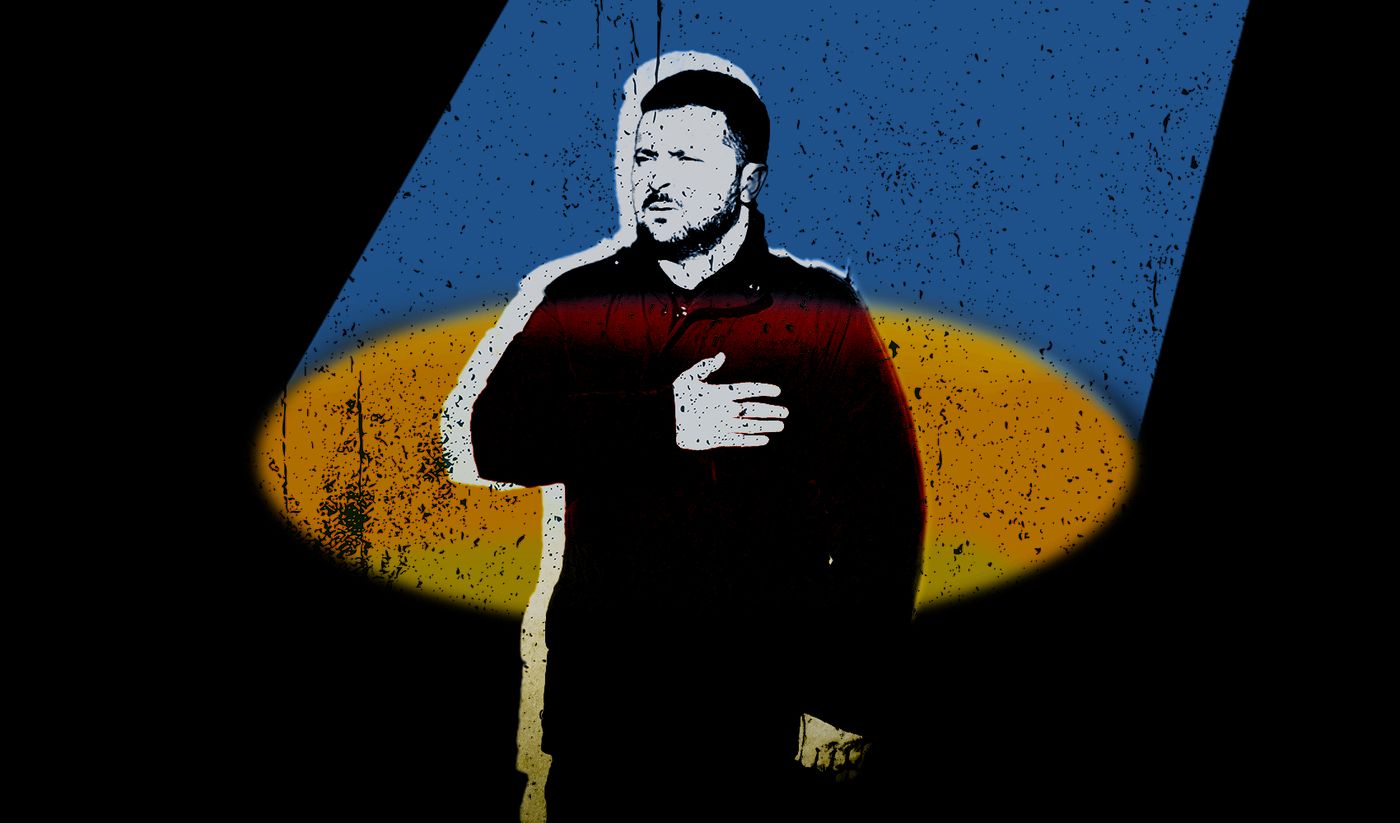By S. Vicknesan, Senior Commissioning Editor, 360info
With Ukraine’s lifeline of foreign support wavering, its prospects appear grim.
Two years into the Russian invasion of Ukraine, little is certain about how the war will come to an end.
At the start of 2023, a much-touted Ukrainian counteroffensive raised hopes of shifting the tide of the war. It flopped, and 2024 could be even more sobering.
Ukrainian President Volodymyr Zelenskyy vowed in his New Year’s speech to unleash “wrath” on Russian troops in 2024, but Ukrainian military units now face artillery shortages and have had to cut back operations because foreign assistance has fallen off.
Meanwhile, Russia is boosting its military spending in 2024, with almost 30 percent of its national budget going to the armed forces.
It has also ramped up production of military hardware, from drones to aircraft – a sign it’s preparing for the long haul in what President Vladimir Putin announced on February 24, 2022, as a “special military operation”.
Whether Ukraine holds its own in the war depends directly on the amount of support and military hardware it continues to receive.
Despite long-standing assurances of commitment from Ukraine’s allies in the West, the war has drained both military resources and the political appetite to maintain huge amounts of military aid.
Polling by the European Commission showed that backing among Europeans for giving Ukraine additional financial and military aid had dropped over the course of 2023.
But European leaders and NATO face the prospect of having to step up as much as they can to maintain support for Ukraine.
The US has provided Ukraine with more military aid than any other single country, but additional American support remains in doubt as Republicans in Congress continue to block about USD$61 billion in arms and other assistance.
The EU approved a four-year, USD$54 billion aid package in early February.
The US presidential election later this year could spell the end of support for Kyiv.
Republican favourite Donald Trump’s recent remarks that he would let Russia do “whatever the hell they want” to NATO members who don’t spend enough on defence showed where things might be headed – even though spending by NATO allies has reached a record high.
US President Joe Biden’s assurances that military aid to Ukraine will come through can do little to change perceptions of the US as an unreliable ally.
The urgency and complexity of the war in Gaza have also shifted America’s focus.
Perhaps the only certainty lies in Russia, where the presidential election is scheduled for mid-March. On February 8, the Russian election commission blocked anti-war candidate Boris Nadezhdin from running. Eight days later, opposition leader Alexei Navalny died in prison.
With no real opposing candidates left standing, Putin can be sure of winning another six-year term.
What remains in question is whether his ambitions in Ukraine will prevail.










